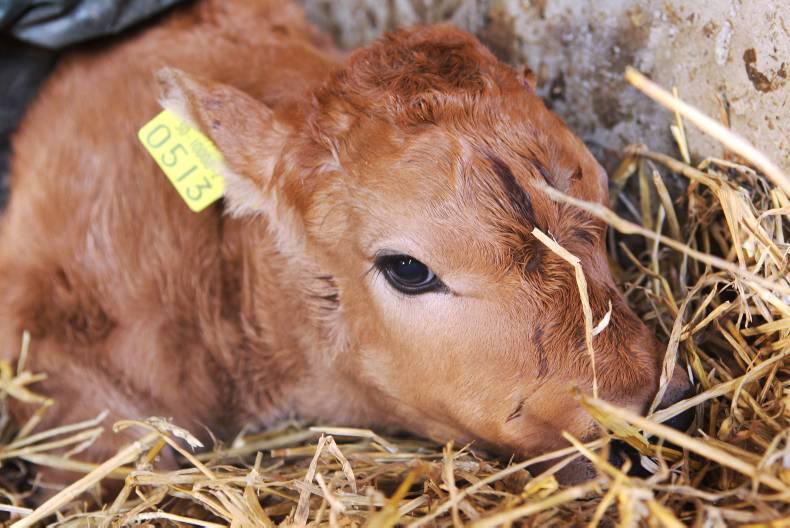Cattle ear tags and passports issued to suckler and dairy farmers after 1 November 2016 will have a new, all-number format. The letters IE will be gone. Instead the numbers 372 will be used to show that Ireland is the country of origin of an animal.
This will be followed by 12 further numbers. The first two cover the bovine range. The next five will be the herd identifier. Next will be a check digit, while the final four numbers will identify the individual animal. As now, these final four numbers will be the biggest and most visible on an animal’s ear tag.
The change is outlined in the tender request just issued by the Department of Agriculture for the next contract to supply cattle ear tags to farmers, expected to start in November. The new format is being introduced to make the ear tags on Irish cattle compatible with electronic readers, as is required under EU rules. This means that from 1 November next there will be four numbering formats in use in the national herd, as follows:
Most newly registered calves will have the new all-number format. Farmers will be permitted to use up any current tags that they have on hand, until the end of 2017.The majority of cattle in the country are tagged with the current format. It has the letters IE followed by 12 numbers. The first two numbers show county, the next five numbers are the herd identifier, next is a check digit, while the last four numbers identify the animal. This format came into use for calves born after 1 January 1999 and so has been in use for the past 18 years. However, there remain alive some 3,000 older cattle that were born between 1 January 1996 and 31 December 1998. Their tags and blue cards have the letters IE followed by a four-letter herd identifier, a four digit animal number and a check letter.Finally, there are approximately 450 even older cattle still on farms which were born prior to 1 January 1996. Their tags and passport numbers have three letters followed by six numbers. According to the tender document, farmers currently buy approximately 100,000 electronic tags or boluses each year. The Department wants to increase this number and wants the winner of the next tags tender to promote their use.
Read more
Price of cattle ear tags key in €18m contract
Cattle ear tags and passports issued to suckler and dairy farmers after 1 November 2016 will have a new, all-number format. The letters IE will be gone. Instead the numbers 372 will be used to show that Ireland is the country of origin of an animal.
This will be followed by 12 further numbers. The first two cover the bovine range. The next five will be the herd identifier. Next will be a check digit, while the final four numbers will identify the individual animal. As now, these final four numbers will be the biggest and most visible on an animal’s ear tag.
The change is outlined in the tender request just issued by the Department of Agriculture for the next contract to supply cattle ear tags to farmers, expected to start in November. The new format is being introduced to make the ear tags on Irish cattle compatible with electronic readers, as is required under EU rules. This means that from 1 November next there will be four numbering formats in use in the national herd, as follows:
Most newly registered calves will have the new all-number format. Farmers will be permitted to use up any current tags that they have on hand, until the end of 2017.The majority of cattle in the country are tagged with the current format. It has the letters IE followed by 12 numbers. The first two numbers show county, the next five numbers are the herd identifier, next is a check digit, while the last four numbers identify the animal. This format came into use for calves born after 1 January 1999 and so has been in use for the past 18 years. However, there remain alive some 3,000 older cattle that were born between 1 January 1996 and 31 December 1998. Their tags and blue cards have the letters IE followed by a four-letter herd identifier, a four digit animal number and a check letter.Finally, there are approximately 450 even older cattle still on farms which were born prior to 1 January 1996. Their tags and passport numbers have three letters followed by six numbers. According to the tender document, farmers currently buy approximately 100,000 electronic tags or boluses each year. The Department wants to increase this number and wants the winner of the next tags tender to promote their use.
Read more
Price of cattle ear tags key in €18m contract






 This is a subscriber-only article
This is a subscriber-only article





SHARING OPTIONS: